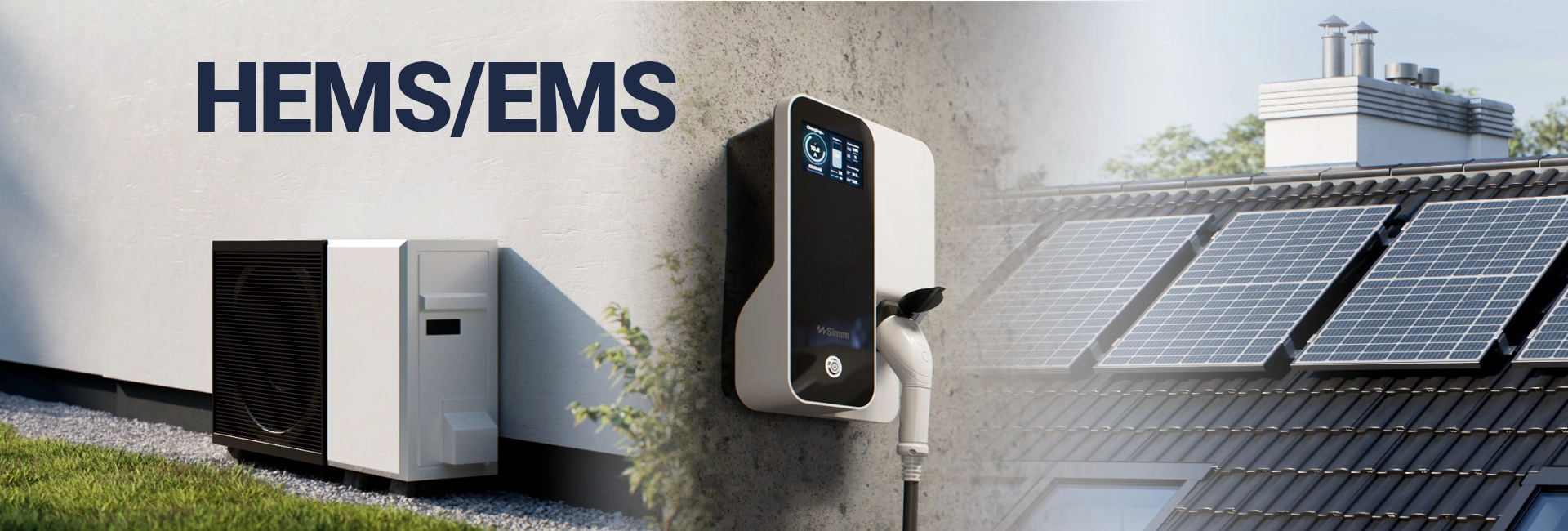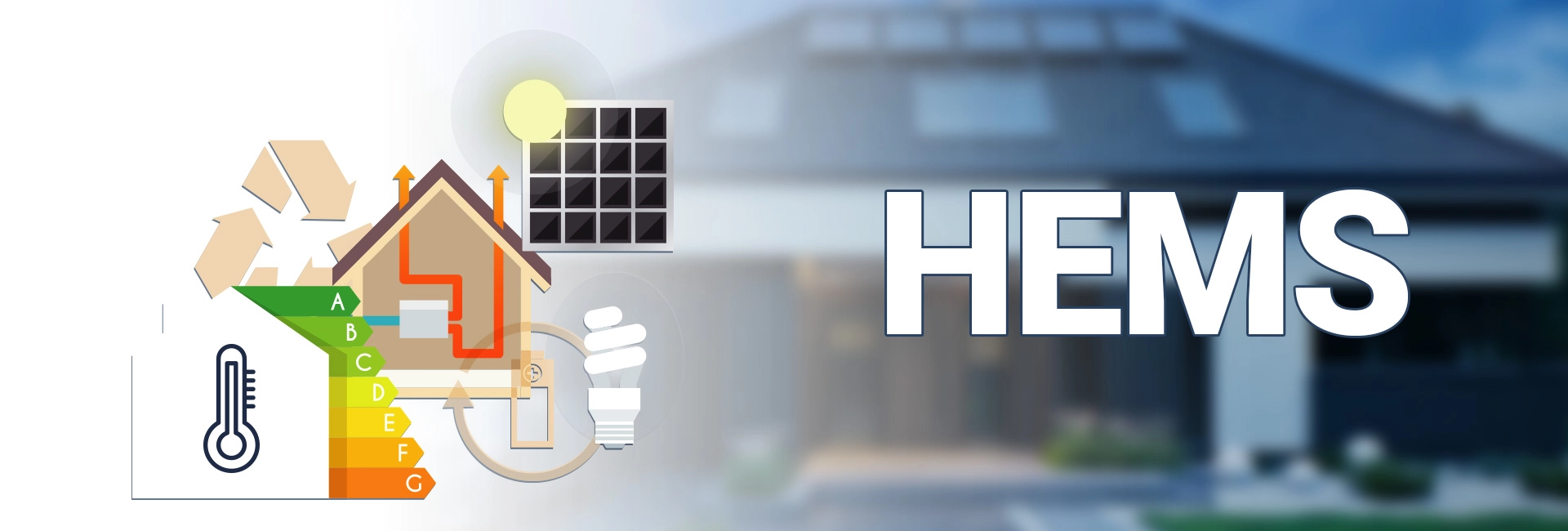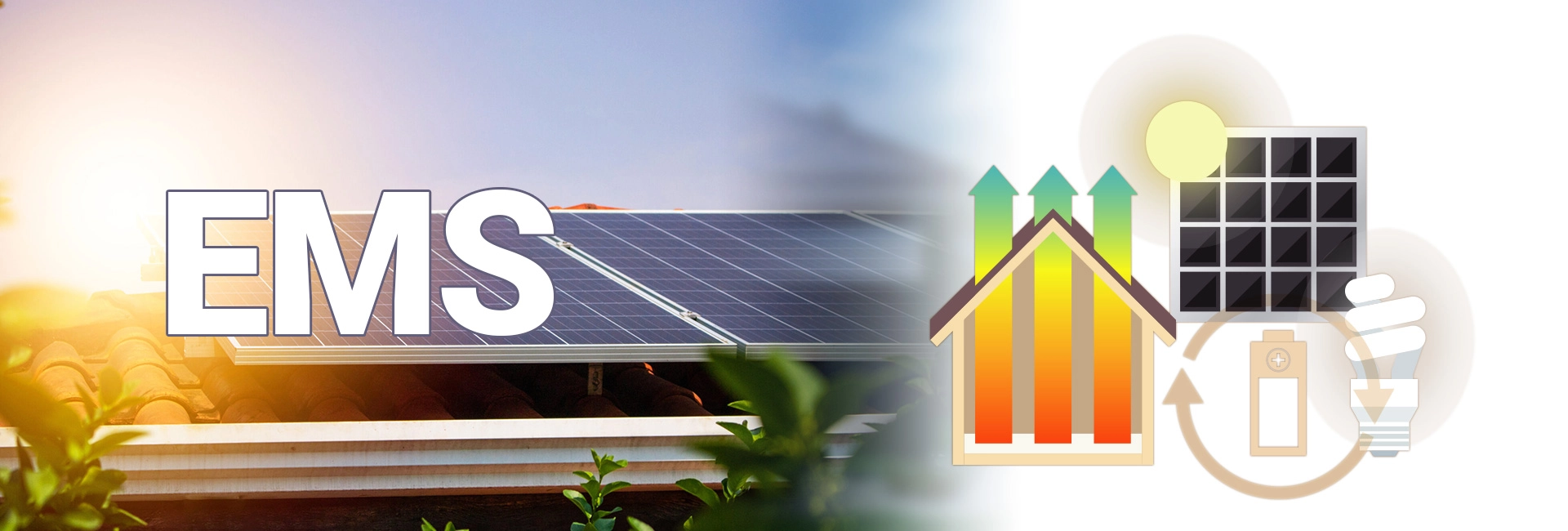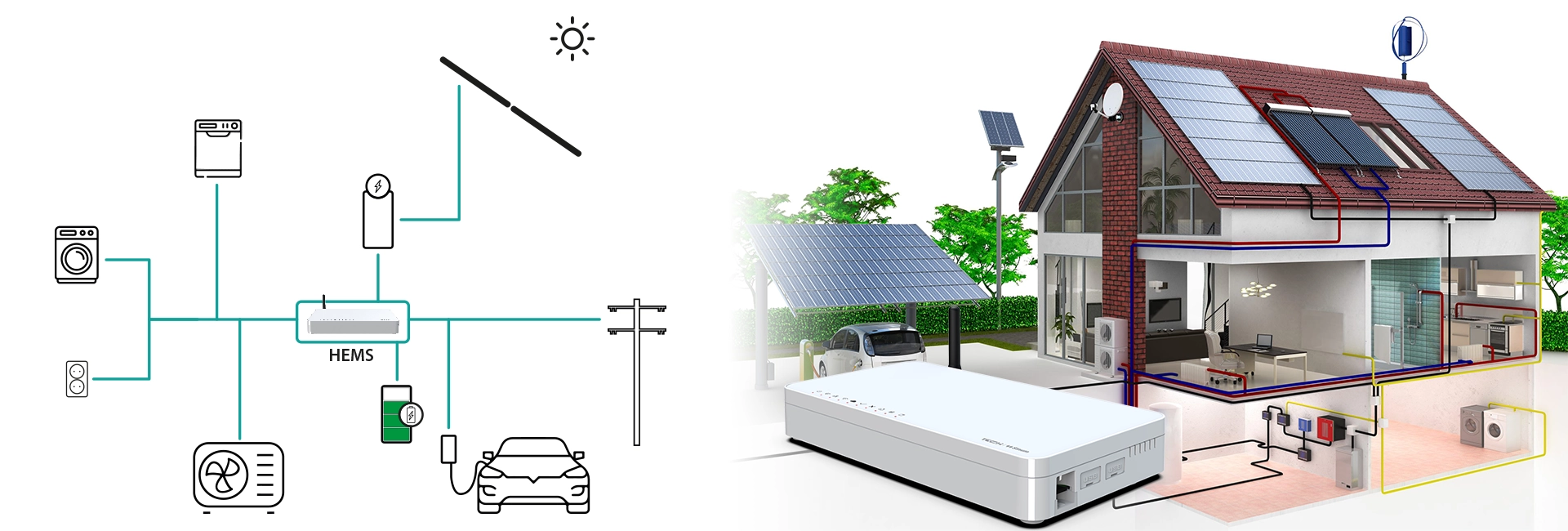

Recently, the growing popularity of renewable energy sources (RES), such as photovoltaic panels or heat pumps, has made it essential to optimize energy consumption in buildings. In response to these challenges, innovative solutions are emerging in the market, such as HEMS (Home Energy Management System), which is a system for managing energy in the home, and EMS (Energy Management System), which aims to effectively manage the entire energy spectrum

HEMS - Home Energy Management System is a set of technologies and solutions aimed at optimizing energy consumption in households. HEMS allows for monitoring, control, and automation of various devices and systems in the home to increase energy efficiency. Examples of HEMS actions include harmonizing the operation of heating, ventilation, and air conditioning systems, managing lighting, monitoring energy consumption, and, in some cases, integrating with renewable energy systems such as solar panels or micro wind installations.



EMS - Energy Management System focuses primarily on managing energy obtained from photovoltaic panels and regulating the flow of electrical energy between the installation, energy storage, and current demand. This system can also operate in coordination with the power grid, allowing excess energy to be fed back into the grid.

The Sinum system allows for the integration and control of devices responsible for the production and consumption of electrical energy in a building, enabling it to monitor current needs and select the most economical solutions for its consumption. With the system, we can use energy produced by photovoltaic systems, accumulate it in batteries during periods of overproduction, or store it in hot water tanks (CWU) or through heating or cooling system equipment.

The Sinum system, as an HEMS/EMS system, brings numerous advantages, contributing to energy savings and increasing energy efficiency. Thanks to this solution, it becomes possible to:
Our company provides comprehensive support and technical assistance to enable our customers to fully benefit from the advantages of HEMS/EMS systems."